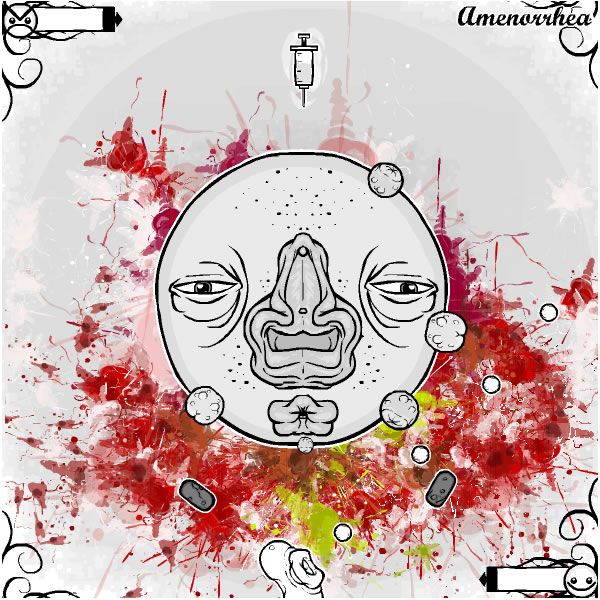Retro Replay Review
Gameplay
The C word delivers a uniquely bold take on classic shooter mechanics by placing the player in control of a male reproductive organ navigating through various stages of the female reproductive system. At its core, the gameplay revolves around dodging and eliminating abnormalities sprouting from the central organ, using precise aim and quick reflexes. Unlike typical shooters, damage can only be inflicted by targeting the vaginal openings, adding both challenge and a degree of dark humor to each encounter.
(HEY YOU!! We hope you enjoy! We try not to run ads. So basically, this is a very expensive hobby running this site. Please consider joining us for updates, forums, and more. Network w/ us to make some cash or friends while retro gaming, and you can win some free retro games for posting. Okay, carry on 👍)
Each stage—trichomoniasis, amenorrhea, candidiasis, menopause, and fistula—offers new obstacles and environmental hazards. Abnormalities spawn unpredictably, requiring players to balance offensive shots with defensive maneuvers such as “shaking” the mouse to fling off stuck enemies. This mechanic keeps combat dynamic and constantly demands adaptability, especially as difficulty ramps up and enemy spawns become more aggressive.
Power-ups further enrich the gameplay loop. Collectibles range from health restoratives to temporary weapon upgrades: “Wii Power” lets the penis fire urine projectiles, “Raid Rage” unlocks rapid-fire capabilities, and “The Woodsman” dramatically increases size for a limited time. While comical in concept, these boosts are strategically vital when facing boss-like bursts of abnormalities or navigating the blood pools in the fistula stage.
Graphics
Visually, The C word embraces a minimalist art style with stark color contrasts and clean lines. The organs and abnormalities are rendered in a somewhat abstract fashion, avoiding graphic realism while still conveying the unsettling biological theme. Backgrounds shift subtly through each stage, using muted tones to evoke the changing internal environment of the body.
The animation is smooth and responsive, particularly during the shake-off sequences when projectiles or pests are dislodged from the player’s avatar. Particle effects for urine streams and blood splatter are stylized rather than gory, keeping the experience more on the surreal side of body-horror than outright repulsive. This aesthetic choice helps to maintain focus on gameplay without overwhelming the player with visceral imagery.
HUD elements are unobtrusive, with health bars and power-up icons neatly aligned around the central play area. The developers opted for clarity over flashiness, ensuring that essential information remains visible even amid the chaos of fast-paced shooter action. Overall, the graphics strike a fine balance between quirky abstraction and functional design.
Story
While The C word does not follow a conventional narrative, its stages metaphorically trace a journey through reproductive health and aging. Players experience the physical transformations of the reproductive system, witnessing firsthand how each condition—be it candidiasis or menopause—alters the field of play. This progression serves as an unconventional, almost educational, backdrop rather than a traditional plot.
Edmund McMillen and Florian Himsl’s fascination with themes of life, death, and sexuality underpins the game’s conceptual scaffolding. Though there is no central protagonist or dialogue tree, the evolving environments and shifting hazards convey an implicit story about the fragility and complexity of the human body. Moments such as the organ “falling asleep” during menopause or the screen filling with blood in the fistula stage offer visceral narrative beats.
The absence of text-based storytelling places emphasis on gameplay as the primary storytelling vehicle. Each level’s name and distinct mechanics tell a self-contained tale of biological change, inviting players to draw their own conclusions about reproduction, illness, and mortality. This open-ended approach may not satisfy those seeking a linear plot, but it rewards players attuned to thematic resonance.
Overall Experience
The C word stands out as one of the most daring indie shooters available, combining familiar gameplay loops with an unorthodox subject matter. Its blend of dark humor, body-horror imagery, and tight mechanics creates an experience that is both entertaining and thought-provoking. Players looking for a fresh spin on the shooter genre will find plenty to appreciate.
Sound design also enhances the overall mood. The melancholic track “Care” by Kaada floats in the background, lending a haunting quality to the frenetic action. Minimalistic cues indicate power-up pickups and stage transitions, ensuring that audio feedback complements the visual style without overwhelming the senses.
While the game’s mature theme and explicit metaphorical visuals may not appeal to everyone, it remains a memorable entry in Edmund McMillen’s portfolio. The C word challenges conventions—both in its mechanics and its willingness to tackle taboo topics—making it a compelling recommendation for players who value innovation and don’t mind a bit of boundary-pushing content.
 Retro Replay Retro Replay gaming reviews, news, emulation, geek stuff and more!
Retro Replay Retro Replay gaming reviews, news, emulation, geek stuff and more!









Reviews
There are no reviews yet.